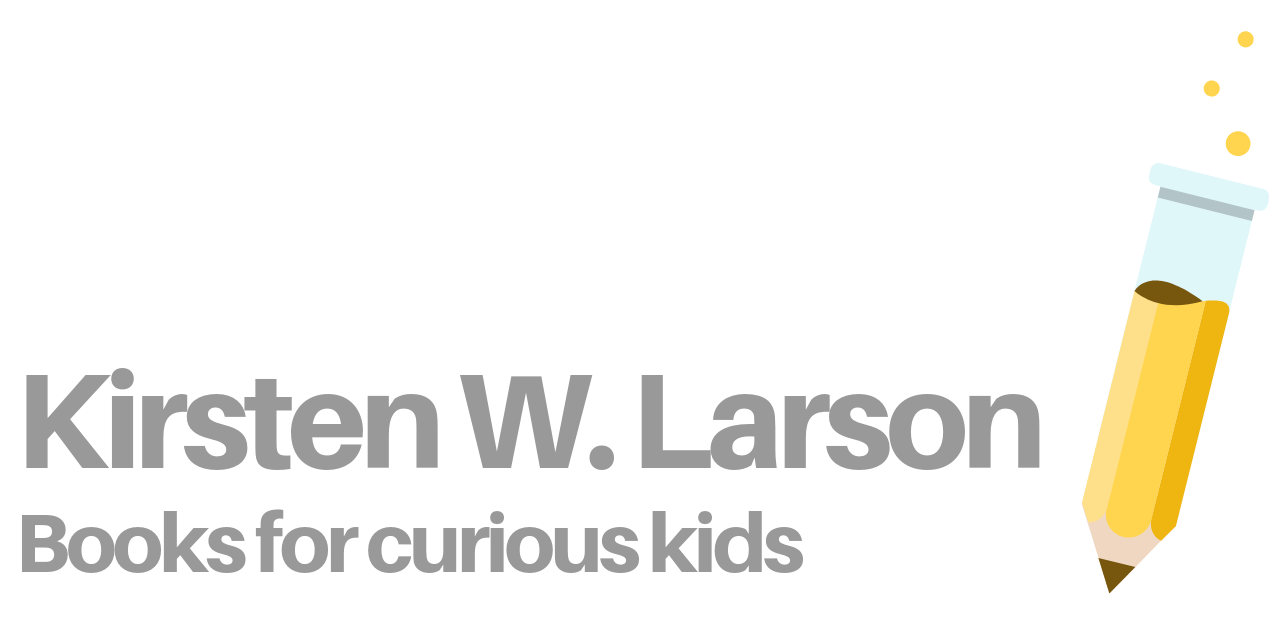One of the best techniques for breathing life into your nonfiction is through carefully crafted scenes. Scene writing is especially useful for picture book biographies, where you want the reader to identify with your main character and to have an emotional response to their journey.
So what’s a scene? In one of my favorite books, SCENE & STRUCTURE, Jack M. Bickham defines the scene this way: “It’s a segment of story action, written moment-by-moment, without summary, presented on-stage in the story ‘now.'” (p. 23)
In picture books, scenes are by necessity very short, sometimes just a few sentences. Let’s look at one from my first book, WOOD, WIRE, WINGS, to see how the scene works.

What do you notice?
Do you see how I’m narrating the action, almost like I’m telling you what’s happening in a movie? This narration includes specific physical actions (rescuing toys, snatching the ball, trimming and twisting, filing and fitting). I use vivid verbs and onomatopoeia, which I like to think of as the sound of “being there.”
I also give the reader a peek into Lilian’s mind with the rhetorical question: “Would the weather vane work?” It asks the reader to consider the same questions that are likely running through Lilian’s head, those feeling of apprehension and self doubt.
And then when the weather vane does work, we have “Success!” That single-word exclamation reflects Lilian’s feeling of victory.
Now, imagine how this would read if I had simply summarized the events.:
“When she was a little girl, Lilian Todd built a working weather vane out of broken toys and trash. “
What do you notice now?
First off, there’s absolutely zero tension. The reader doesn’t wonder whether Lilian will succeed. They don’t cheer her on or celebrate her victory. In fact, we aren’t in Lilian’s point of view at all. Summaries put a lot of distance between us and the main character. And that’s not what we want. We want our reader to identify with Lilian. She’s their avatar in the book.
Also, the scene takes up several more sentences than the summary — seven sentences versus just one. Because scenes run longer, we can’t write every single part of our story in scene. But for important moments in a character’s journey, we can write in scene to increase tension and emotional resonance.
Here is one important distinction between fiction and nonfiction: because this is nonfiction, I can’t make up the details of this scene. All of this information comes from newspaper interviews Lilian Todd gave later as an adult. From these historic newspapers, I know the materials she picked. I know how she worked on her inventions from the time she was a little girl. I know the location (Washington, D.C., a city) and time of year (winter), which is reflected in the illustrations. I also have a sense of how she handled failure and success. I can document all those details. That’s what makes it nonfiction.
Are you ready to breathe life into your own nonfiction manuscript? I challenge you to take an important moment in your story that’s currently written as a summary and transform it into a short scene. Use some of the techniques above: vivid verbs, onomatopoeia, rhetorical questions, exclamations. What do you think of the result?
Are you ready to take the next step in revising your nonfiction manuscript? Contact me for a coaching session, and we’ll polish up your picture book until it shines. And don’t forget to sign up for my newsletter to be notified the next time I’m offering my nonfiction picture book revision class at The Writing Barn.
